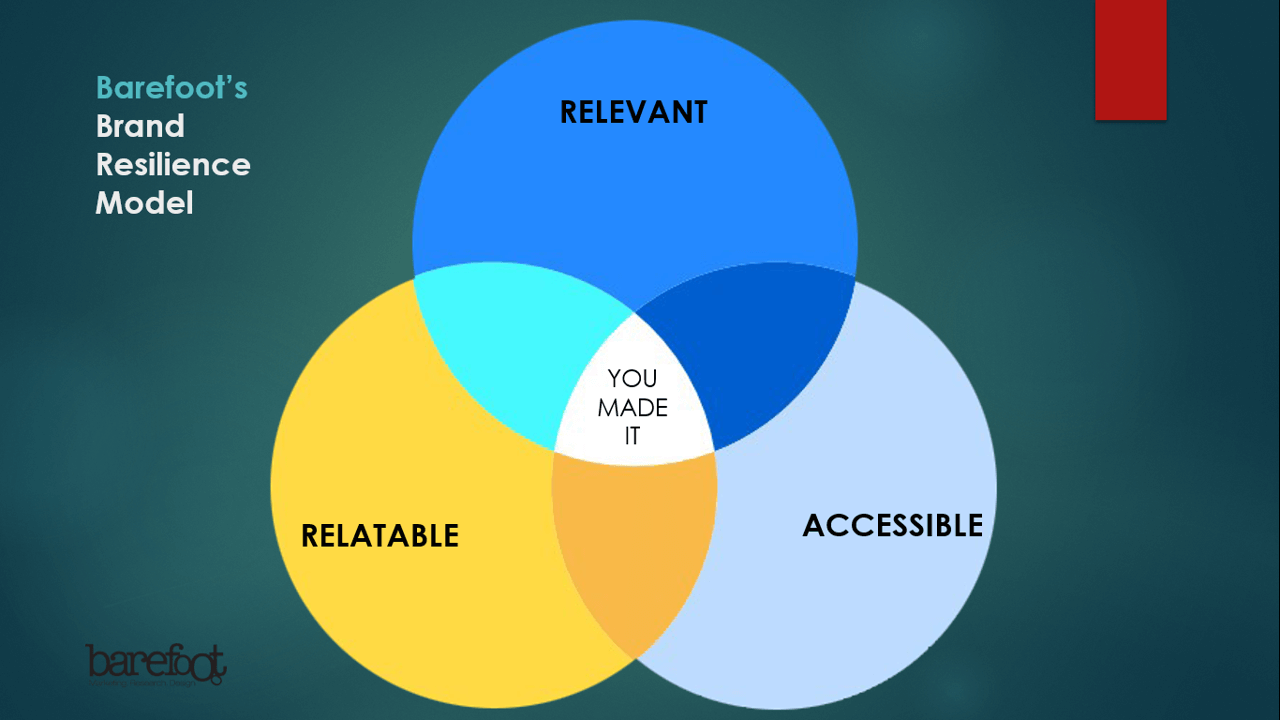Barefoot’s Brand Resilience Model
A year has passed since the pandemic hit the world, and businesses are finally crawling back to normalcy. Many had to shut shop, fire people, and even pivot. The word “pandemic” was forced into everyone’s vocabulary like how “tsunami” was added.
Among the prominent brands that declared bankruptcy during the covid scare were, Gold’s Gym, JC Penny, Neiman Marcus and many others. However, while it might seem like this is unprecedented, and unfair, I believe this churn is the inherent nature of business. So, while the pandemic rendered some brands redundant, innovation in business renders entire product categories irrelevant on a monthly basis around the world. Below are some categories that vanished from the face of our planet thanks to INNOVATION…but did they get our sympathy?
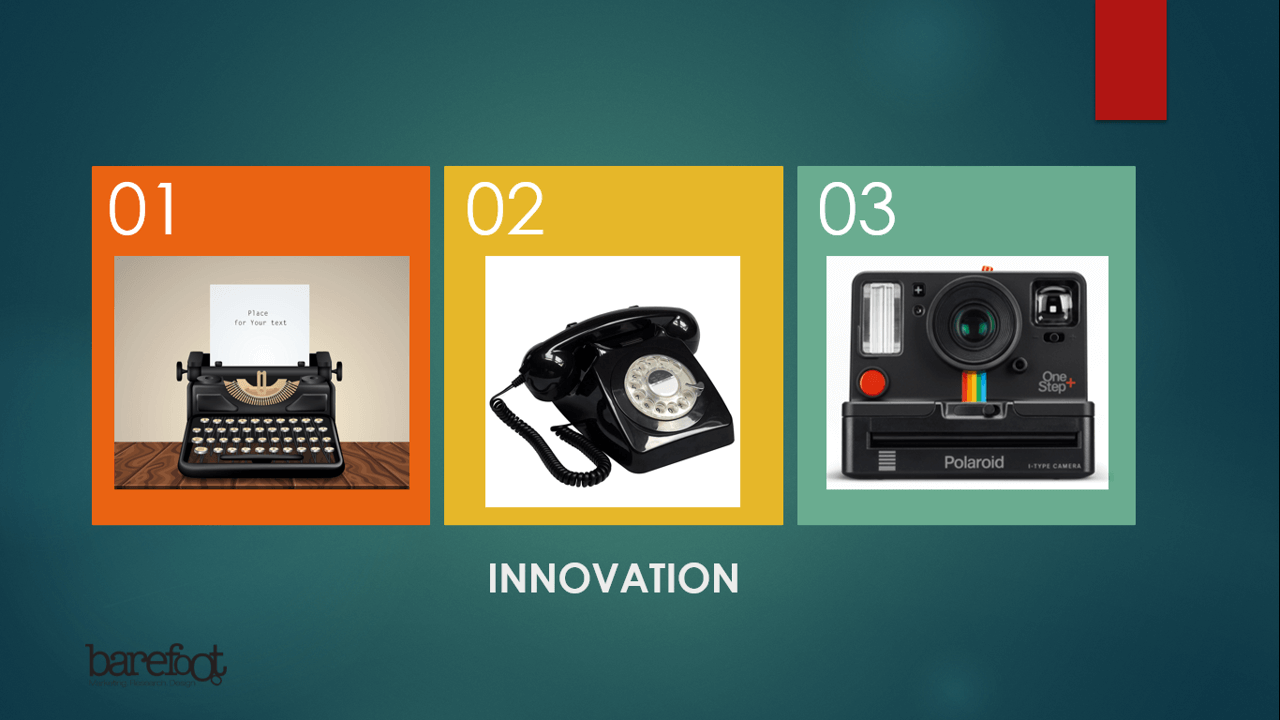
Therefore, in order to survive brands need to be RESILIENT! Pandemic or not. In his book, Infinite Game, Simon Sinek says:
Infinite companies are built for RESILIENCE. Finite companies are built for STABILITY.
RESILIENT- definition:
1. (of a person or animal) able to withstand or recover quickly from difficult conditions.
2. (of a substance or object) able to recoil or spring back into shape after bending, stretching, or being compressed.
Pandemics and other unforeseen circumstances merely expose the finite nature of companies around the world. Barefoot’s Brand Resilience Model is a simple guideline that brands can follow to diagnose the situation and also prioritize tasks at hand. It helps brands stay resilient and not panic during a crisis.
According to me, all brands must ask themselves 3 questions:
Am I still RELEVANT?
Am I still RELATEABLE?
Am I still REACHABLE/ACCESSIBLE?

These 3 questions help brands realize which areas they need to focus on and how to communicate the same to stakeholders. The Venn diagram below shows the approach and what one must do to overcome the challenge one faces using Barefoot’s Brand resilience Model. Is it an issue of relevance or positioning or distribution?
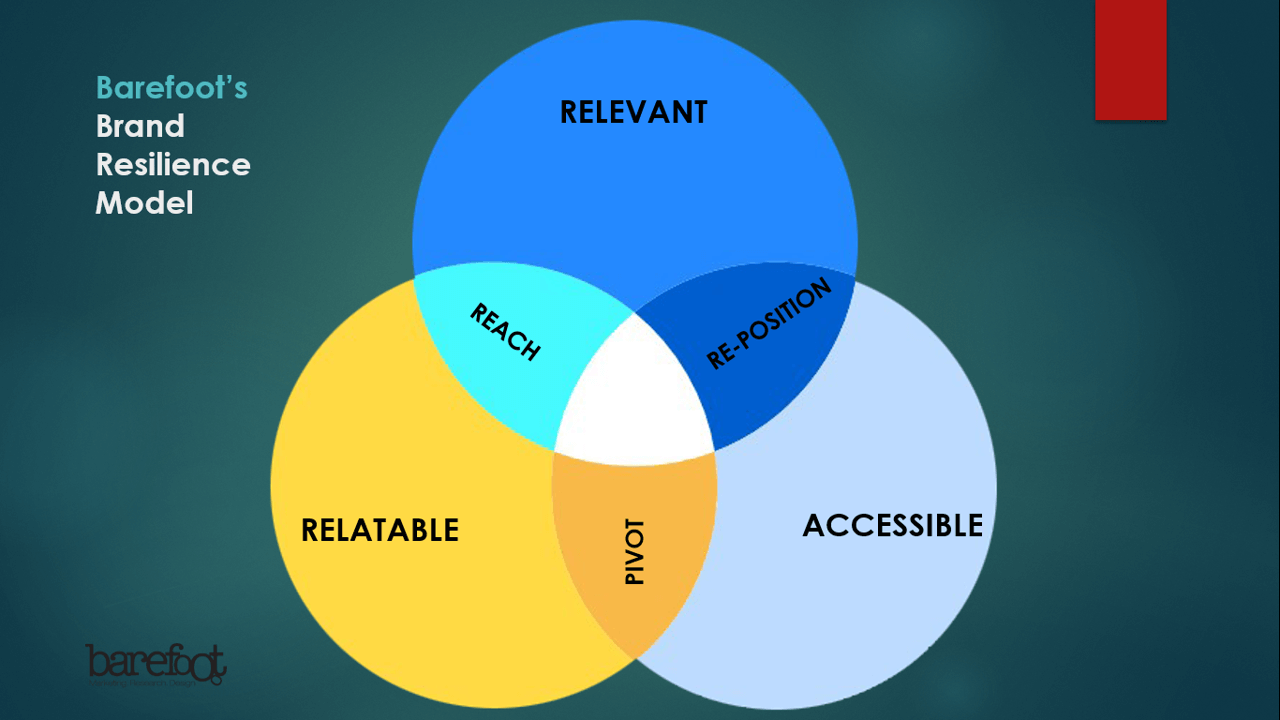
CASE 1- Issue of Relevance
If a brand realizes that its products or people or processes are no longer relevant, it needs to PIVOT. They are relatable and reachable but not relevant. We saw so many top brands diversify and pivot during this time. Be it Nike which started making face shields with shoe materials, or Lamborghini that used its manufacturing capacity to design and build ventilators. There are also many event companies that took over the task of handling medical situations. But even in everyday scenarios, we have seen brands like Victorinox pivot when their swiss knives were banned in cabin baggage of airlines. Or when the mobile phone threatened watch brands. It is an everyday struggle…
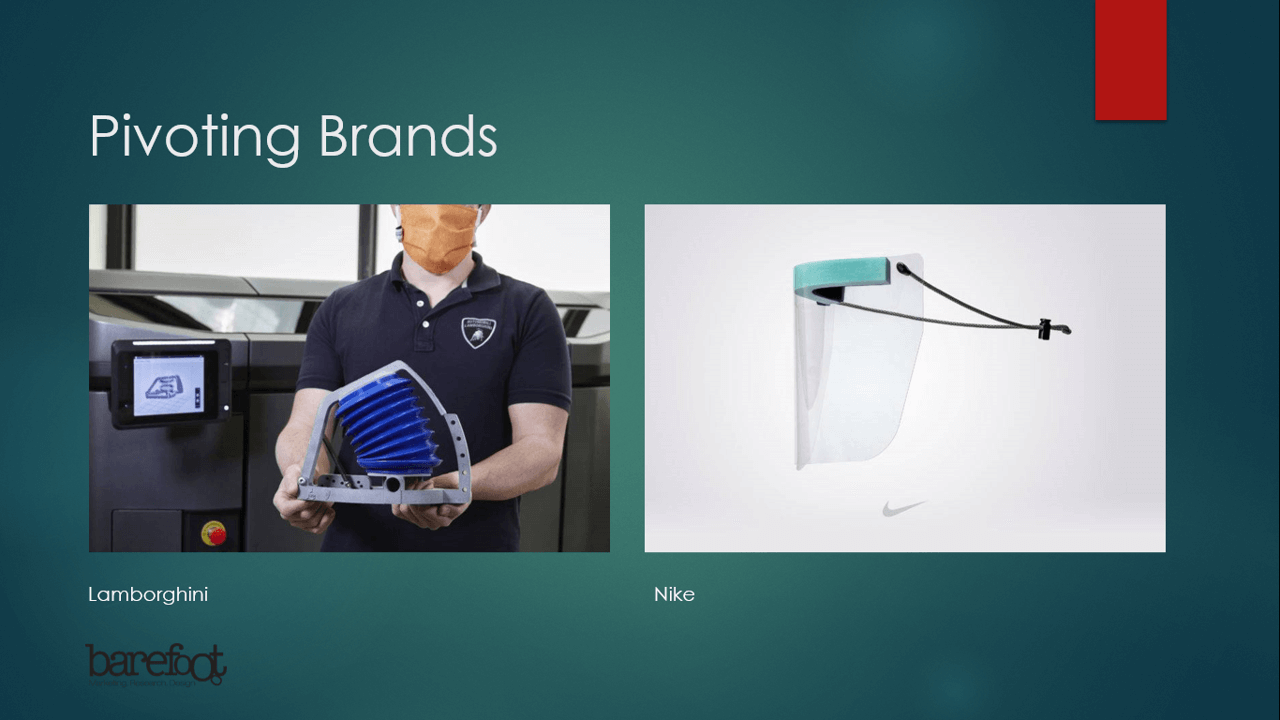
I had the privilege to interview 15 CEOs and MDs of large and mid-sized firms to get their views on staying relevant during such times and they listed out 5 main takeaways:
HEALTH – Both mental and physical.
INNOVATION- To constantly stay non-complacent
PRODUCTIVITY- Enhance efficiency and productivity
ATTITUDE/ AGILITY- Stay dynamic and flexible for change
SUSTAINABILITY- And think of the planet always.

CASE 2- Issue of RELATABILITY
Emotions play a huge role in buying behavior. And all resilient brands are cognizant of this fact. They keep a tab on how the consumer is feeling and communicate accordingly, without losing sight of their own personality ofcourse. The pandemic was a time when everyone was feeling very uncertain and anxious. So, the first thing that brands must do at a time like this is COMMUNICATE… not go silent.
Many brands cut communication budgets and chose to disappear from the scene, almost abandoning their consumer base. The resilient ones stayed in touch. They “humanized”.

There were others who found their positioning non-relateable to the situation. Many brands thrive on negative emotions of gluttony, wrath, jealousy, envy etc to make themselves more attractive to consumers. However, the resilience model says, that one needs to re-position the communication in order to not draw flak for being insensitive. We all know what happened to Kent and the dough maker ad released by the brand during lockdown. Unlike a recession, this was first a human crisis… Kent completely disregarded that and it cost them!
Brands needed to play the shrink and stay away from negative emotions at such a time. They had to bring consumer sentiment back and re-position their messaging to stay relatable.
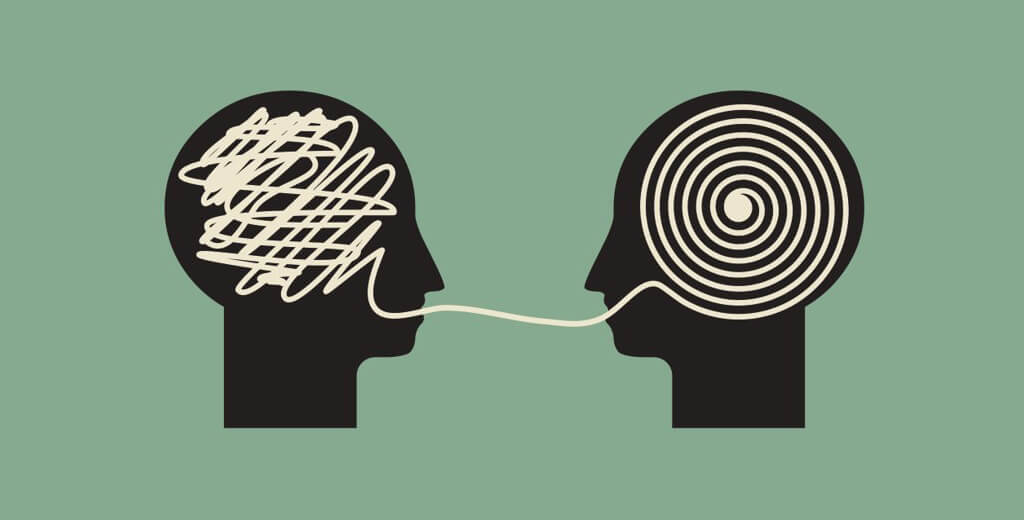
Humour is another way that brands tried to ease the situation. Humour is a great way to build trust and many campaigns cashed in on it once the panic subsided. In conclusion, if you are relevant and reachable, but not relatable, please
re-position your brand campaign!

CASE 3- Issue of REACHABILITY
Barefoot’s brand resilience model says that when you find you are still relevant, and relatable, but not reachable, then it is time to look at your channels of distribution. So many businesses realized they need to go online or do home delivery. Restaurants, grocery stores, and even car brands made the entire process contactless!
BMW is a good example of this. They were relevant and relatable but nobody was visiting the showrooms. So they made the entire sales cycle contactless! A true mark of a resilient company.
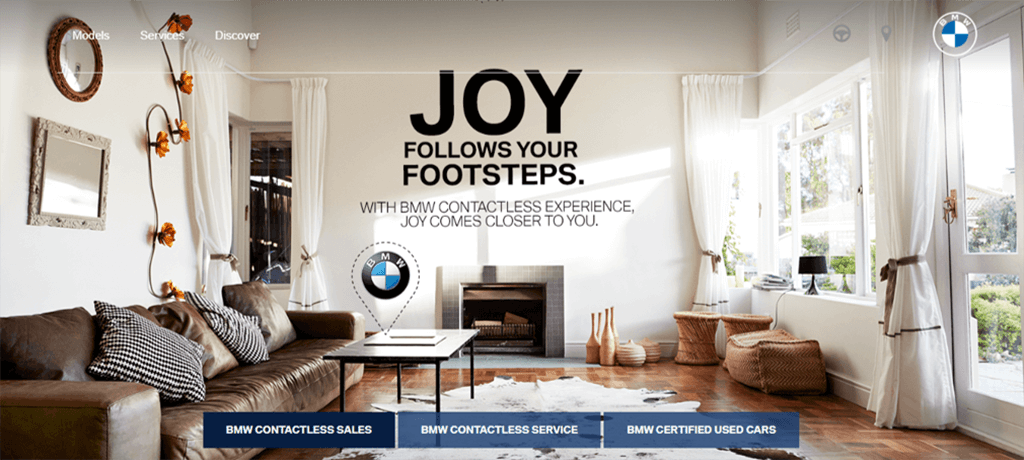
Behaviourial Economics also took centre stage and got a huge impetus during this pandemic. Crowd management was another big factor. All this makes brands think on their toes and adapt fast.
We saw so many steps taken to be reachable overnight:
-To make the sale contactless- BMW
-Quick customer response and CRM
-Factor in Behavioral Science and Behavioral economics
-Ensure availability and stock planning
-Streamline supply chain and online + offline reach (home delivery)
-Ensure all safety measures in distribution and also packaging
In conclusion, if you ask yourself the 3 questions every few months, you will enable your business to withstand any calamity, including the biggest threat called INNOVATIVE COMPETITION. So stay resilient, stay infinite!
